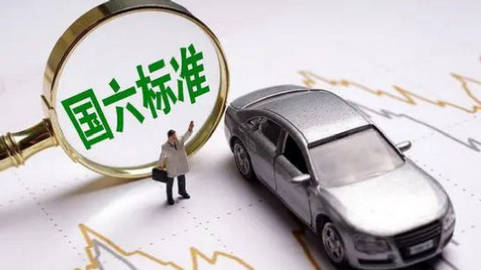The Chaotic Car Market in 2023
The car market in 2023 could be said to be the most chaotic year where everything happens beyond your expectations. Since the beginning of the year, new energy vehicle enterprises, represented by Tesla, have initiated a price cut frenzy. After several rounds of price cuts, two domestically produced Tesla models have reached their historical lows.
Subsequently, Dongfeng Citroen directly launched a strategical price cut of 120,000 yuan for its Citroen C6. Many joint venture brands also started to follow the trend. BMW, Mercedes-Benz, and Audi have joined the price cut army. As of now, more than 30 automobile brands have directly or indirectly participated in this price war, which can be said to be unprecedented.
All car manufacturers are cutting prices, with new energy vehicles down by 2 to 3 thousand yuan and traditional fuel vehicles hit even harder. Why do car prices suddenly start to plummet?
Fierce Competition
The reason why Dongfeng will lead a wave of price cuts this time is that their cars are not selling. In the past, the auto market was calm, with traditional fuel cars dominating the market. Joint venture cars grabbed the high-end market, and independent brands managed the low-end market. Everyone had meat to eat, maintaining a low-intensity competition. Now, electric cars, plug-in hybrids, and fuel vehicles operate independently, joint venture brands, independent brands, and new forces are competing with each other. The automobile industry has never seen so many car manufacturers, nor has it seen so many car models. In addition, due to the popularity of new-energy cars, all major investment institutions are investing heavily in them, making the automobile industry more exciting than ever before.
Overcapacity
Currently, there are too many car companies, and the production capacity is too high. This is something that many people have not realized. In recent years, due to the increasing level of automation in automobile factories and the widespread application of industrial robots, factory production capacity and efficiency have greatly improved. The number of cars produced per unit time has increased significantly. Tesla’s claim of producing a car in 45 seconds is not unfounded, and there are more and more super factories, which leads to overcapacity, severe stockpiling, and the Chinese automobile dealer inventory warning index reached 58.1% in February 2023. It should be noted that the reasonable range is below 50%.Policy Changes
Government’s adjustments to the policies in the automotive industry affect the supply and demand of the entire market. For example, changes in policies such as purchase tax and purchase restriction will have an impact on the automotive market. There are rumors in the industry that China will fully implement the National Emission Standard VI on July 1st, and hence, vehicles which exceed the standard will experience a price reduction before that date.
Additionally, since last year, the national subsidy policy for traditional fuel vehicles has been transferred to local governments. The government of Wuhan has proposed some special subsidies for Dongfeng Motors or SAIC-GM Buick vehicles produced in Wuhan Province. Shanghai also provides some relevant subsidies for locally produced pure electric vehicles such as SAIC VW ID.3.
Based on this, in the future, we may see more and more provincial governments in the automotive industry introduce relevant stimulus measures. For example, Foshan subsidies can target products such as FAW-Volkswagen Golf. The Guangzhou Municipal Government can target Guangqi Honda, Guangqi Toyota, GAC Trumpchi, GAC New Energy, etc. for subsidies, while the Shenzhen Municipal Government can target BYD for subsidies.
Whether it is for new energy vehicles or the entire automotive market, the growth rate has clearly slowed down, and the focus of car companies this year is to compete for market share in the stock market. “Reducing price may not necessarily result in increasing sales, but if others reduce their prices and you do not, you will definitely lose market share.” If you do not reduce prices, you are on a dead end. If you reduce prices, you need real skills to compete. Joint venture car companies are at a disadvantage in this wave of price reduction, but they are the most active in reducing prices. In the era of fuel vehicles, joint venture car companies were able to leverage technology dividends and brand premiums. However, in the process of transitioning to electrification, independent car companies have achieved overtaking on the corners, making the high pricing of joint venture new energy vehicles a poison that leads to high inventory. Now that the prices of joint venture new energy vehicles have been brought down to a relatively reasonable level, will people still steadfastly choose domestic cars?

This article is a translation by ChatGPT of a Chinese report from 42HOW. If you have any questions about it, please email bd@42how.com.
